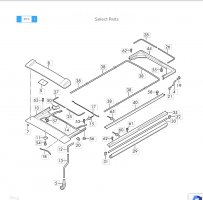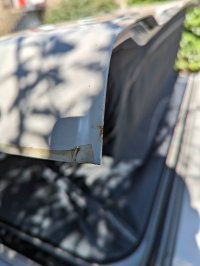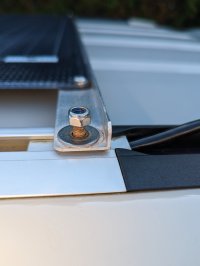Perfectos
Super Poster
Lifetime VIP Member
Hi Scoobz1,Agree see above ."there are 6 separate threads on roof corrosion alone on the first page of threads "
Out of interest do VW get away with doing so little in Germany and have the Germans came up with any good preventive solutions ?
The preventative “solution” VW have decided to settle on is the current sticking plaster (clear tape) to three sides of the roof, which obviously and clearly is inadequate to prevent the issue, it merely delays the wider issue long enough to reduce the incidence enough for VW to assume they have carried out remedial measures!
Vw have experimented with customers vans, over a long period of time, trying to come up with a solution to “fix” this issue and prevent it from occurring. None of the measures VW have decided to take, to date, have been successful in resolving this issue that has the potential to affect so many customers and vehicles over a long period of time.
Bearing in mind this is a well documented issue since early production of the T5, VW will be aware of this issue, but fail to provide a fix that would be in the interest of many many loyal customers world wide by removing this issue once one for all !
I believe the German Forum is awash with similar content with regard to the known issue with the roof seal and the wider issues with roof corrosion that is directly linked to the roof seal failure!
perhaps someone whom is on that German board could comment similarly?

















